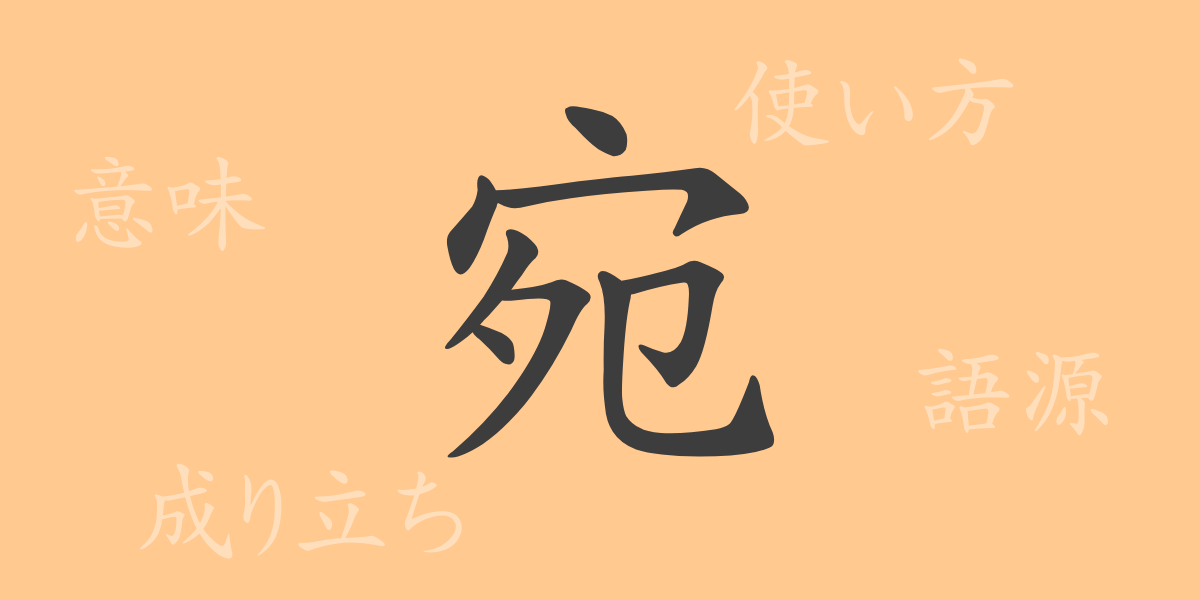“
Japanese contains many beautiful and complex kanji, each with its own history and meaning. Among them, the kanji “”宛 (Ate)”” is often used in daily life, yet many may not be familiar with its deep significance or origins. This article explores the kanji “”宛,”” from its etymology to its current uses, including its readings, stroke count, and usage in idioms and phrases. By the end of this article, you will have a deeper understanding of this kanji and a renewed appreciation for the richness of the Japanese language.
Origins of 宛 (Ate)
The kanji “”宛”” originated from ancient China and has evolved over time. Initially represented differently, it depicted a hook used for hanging things. This imagery later transitioned to encompass meanings such as bending, directing, and allocating. When it was adopted into Japanese, it took on even more nuanced meanings and became embedded in the language.
Meaning and Usage of 宛
The primary meaning of “”宛”” is ‘to address,’ encompassing actions like fitting, comparing, directing, or allocating something. It is also used to specify the addressee of letters and emails, showcasing its versatility in Japanese.
Readings, Stroke Count, and Radical of 宛
The kanji “”宛”” features specific readings and structural attributes:
- Readings: On’yomi ‘En’, Kun’yomi ‘Ate-ru’,
- Stroke Count: “”宛”” consists of 8 strokes.
- Radical: The radical of this kanji is ‘宀’ (Ukanmuri), meaning roof.
Idioms, Phrases, and Proverbs Using 宛
There are many idioms and phrases that include the kanji “”宛””. Here are a few examples:
- 宛名 (Atena): The name and address written on letters or packages.
- 宛先 (Atesaki): The destination or recipient of a letter or package.
- 宛もなく (Ate-monaku): Aimlessly wandering without a purpose.
- 心に宛てる (Kokoro-ni-At-teru): To soften one’s heart to accept something.
- 無宛 (Muate): Having no recipient or purpose; aimlessly.
Summary of 宛
The kanji “”宛”” enriches the Japanese language, from addressing letters to describing aimless walks. This article has explored the various facets of “”宛,”” illustrating how deeply it is ingrained in everyday Japanese. Hopefully, this exploration serves as a gateway to understanding the depth of Japanese kanji and encourages a richer appreciation of language nuances. Next time, you may discover new meanings in this versatile character, enhancing your enjoyment of the linguistic landscape.
“

























